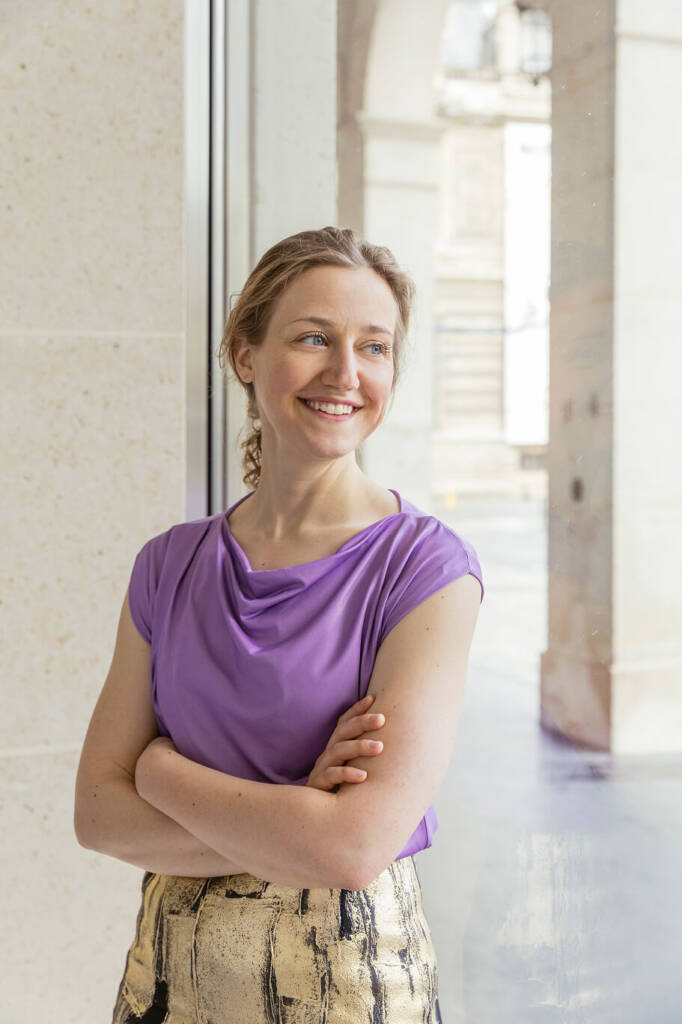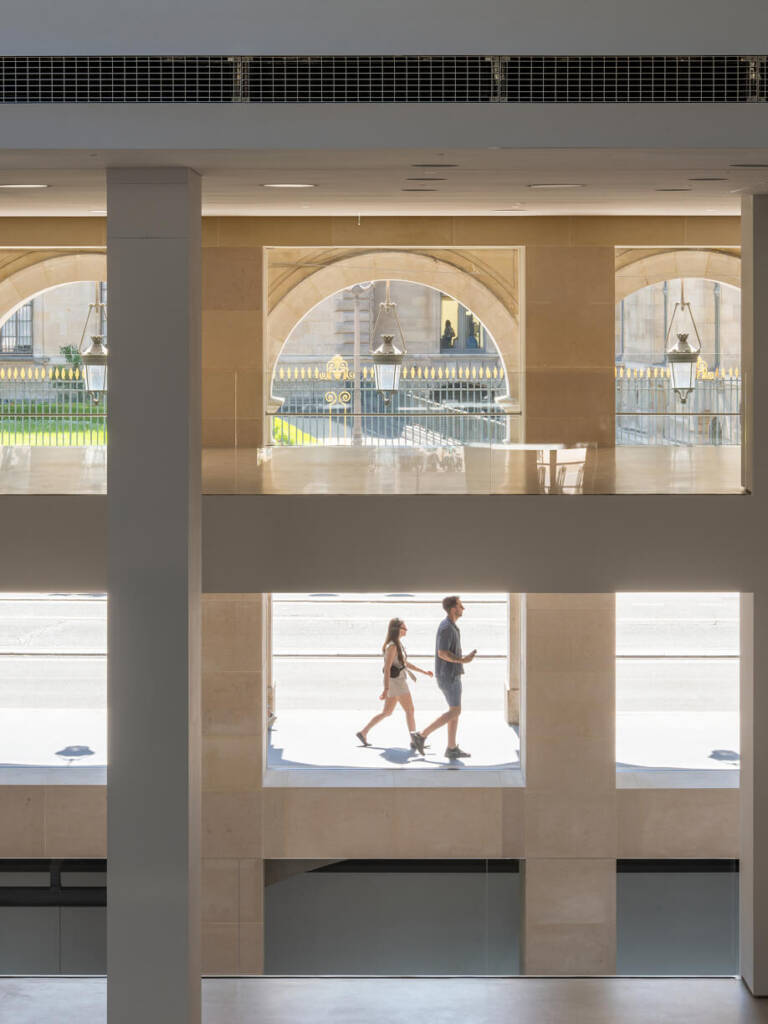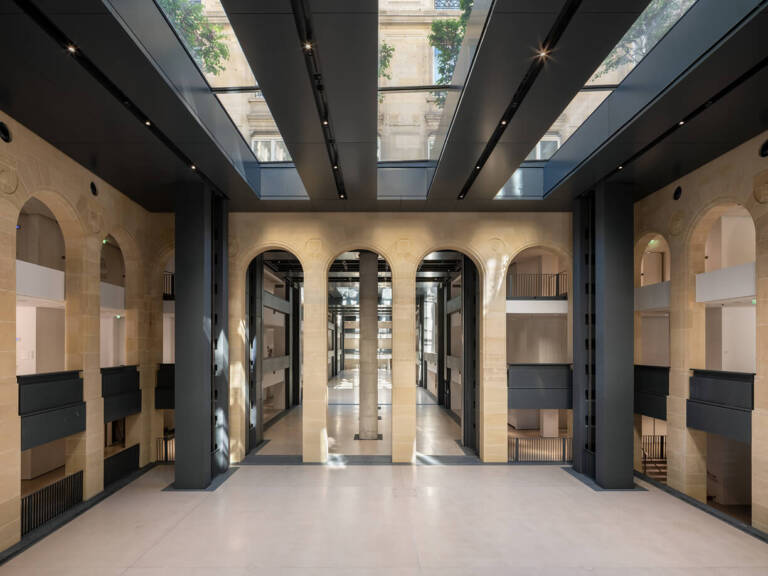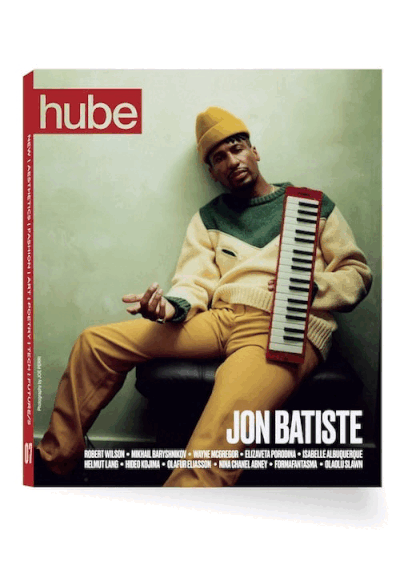Béatrice Grenier, Director of Strategic Projects and International Programs at the Fondation Cartier pour l’art contemporain, is a curator, author, and editor whose work thrives at the crossroads of art, architecture, and cultural policy.
She is currently curating an exhibition on the architecture of Jean Nouvel for the collateral programme of the XIX Venice Architecture Biennale and has been named co-curator of the Fondation Cartier’s inaugural exhibition at its new Palais-Royal spaces, opening October 25th, 2025.
Her career spans ambitious projects, film productions, and publications: from Metropolitan Nature, where she co-curated On Modernity—a series of conversations with internationally renowned architects—to large-scale collaborations with artists such as Cai Guo-Qiang, Sarah Sze, Solange Pessoa, Yokoo Tadanori. Alongside her curatorial practice, Grenier has written for leading journals including ArtAsiaPacific and the Journal of Curatorial Studies, Domus, and she is the author of several books and essays on contemporary art and architecture, with her forthcoming title Architecture for Culture: Rethinking Museums slated for release this September.
With hube, Grenier reflects on how exhibition-making and architectural vision intersect to shape the future of museums and cultural policy, exploring the delicate balance between curatorial ambition and the spatial, experiential possibilities of the built environment.
hube: Could you tell us about the role art played in your childhood? Was there a particular moment or influence—perhaps through your family—that first brought you into contact with the world of museums, architecture, or visual culture more broadly? Did your parents have a connection to this world, or did your curiosity develop independently?
Béatrice Grenier: My parents didn’t have any connection to the art world, architecture, or related fields. But I think it’s precisely because of that that they were so encouraging—reveling curiously through me in this kind of experimentation with art history. From a young age, I was really obsessed with the idea of studying art history. For them, it became a sort of wonder, a way to indulge in something they themselves didn’t have access to in their daily lives.
The moment I recall most vividly in terms of being drawn to museums and the art world was when my dad first took me to New York. I grew up in Montreal, and that trip was a turning point. I remember so clearly the shock of the city—the architecture, the contrast with the parks, which are themselves so highly designed, the museums, the sheer density of cultural offerings. I realised then that there is no real division between where art happens and where it doesn’t. Aesthetic experiences are everywhere—in urban environments, in nature, in museums. That shock of New York really crystallised my desire to move there and study. And that’s what I did. I applied for an internship at the Met—and I never left.
hube: Museums are fundamentally spaces for the physical experience of art and objects. In an increasingly digital and intangible world, how do you and the Fondation Cartier navigate that tension? What elements of physicality do you consider essential to preserve?
BG: It’s such an interesting kind of paradox that museums are continuing to proliferate all across the globe despite the advent of digital culture. You have access to so much knowledge on the tip of your fingers every day, but then in a way you don’t necessarily know how to look for it, what is good. Despite the feeling of swimming inside a digital encyclopaedia every day, you still need a strong editorial voice to understand new technologies, new culture, and somehow to be initiated to things that you wouldn’t necessarily be immediately drawn to. So I consider that to still be the fundamental role of the museum in any setting, be it urban or not—to be a kind of editor, to select from culture its best examples from which we can learn, be it from technical standpoints and aesthetic standpoints, and to offer an entry point to a specific field of knowledge.
Museums can continue to take on this task either from a physical standpoint or from a digital standpoint. Museums should be present in the digital space in a prominent way just as they are symbolically physically in a city—they have an architectural presence. So I think that they should be thinking more about their digital architecture and understanding the language that they should be developing online and not simply replicating the contents that they produce in their spaces offline. Museums have invented, since the mid-17th century, a really specific form of experiencing culture in three-dimensional space. If we think about it, it’s putting into one space objects that potentially have no relationship with one another and are creating connections across space and time—which is such a beautiful and unique thing. So how can the museum exacerbate this capacity to create connections across culture and across time? The digital should be the ideal space for the museum because in a way it has invented this form of fiction—creating connection across such broad spectrums of material culture. This is the essential element that the museum should preserve—this capacity to, on the one hand, create a connection that we have not foreseen across culture, but then make it available to the widest audience.

Courtesy of THE FONDATION CARTIER

© JEAN NOUVEL / ADAGP, Paris, 2025
Photography by MARTIN ARGYROGLO

© JEAN NOUVEL / ADAGP, Paris, 2025
Photography by MARTIN ARGYROGLO

